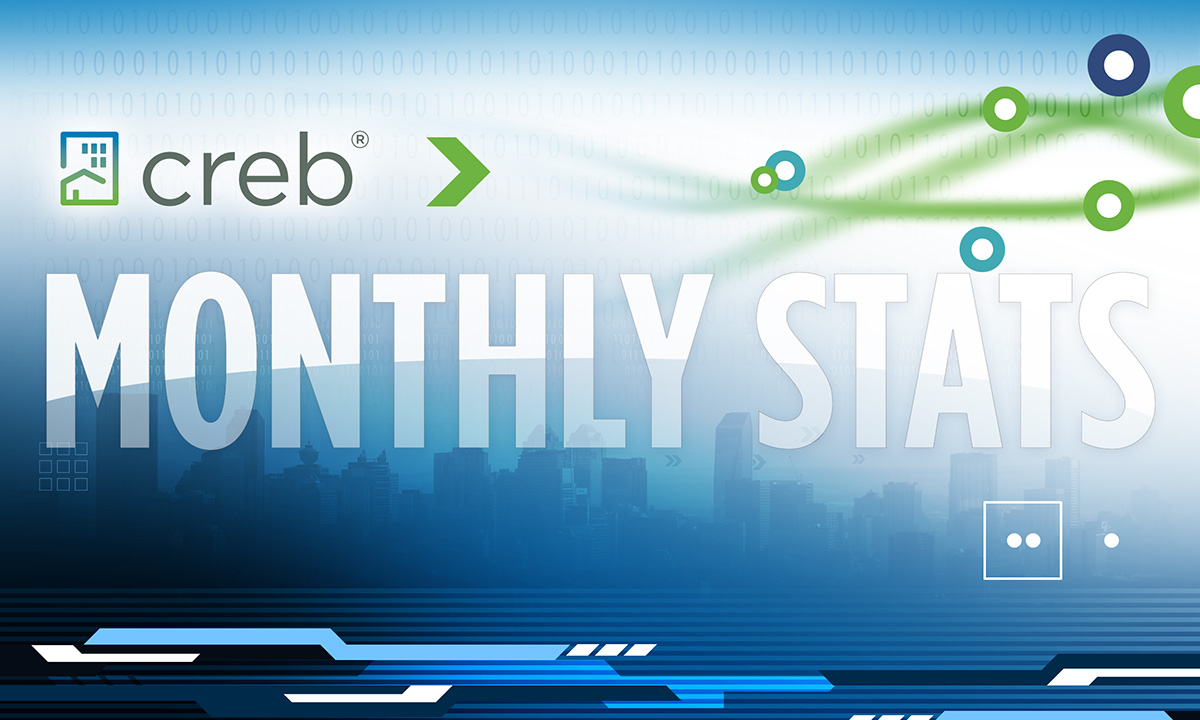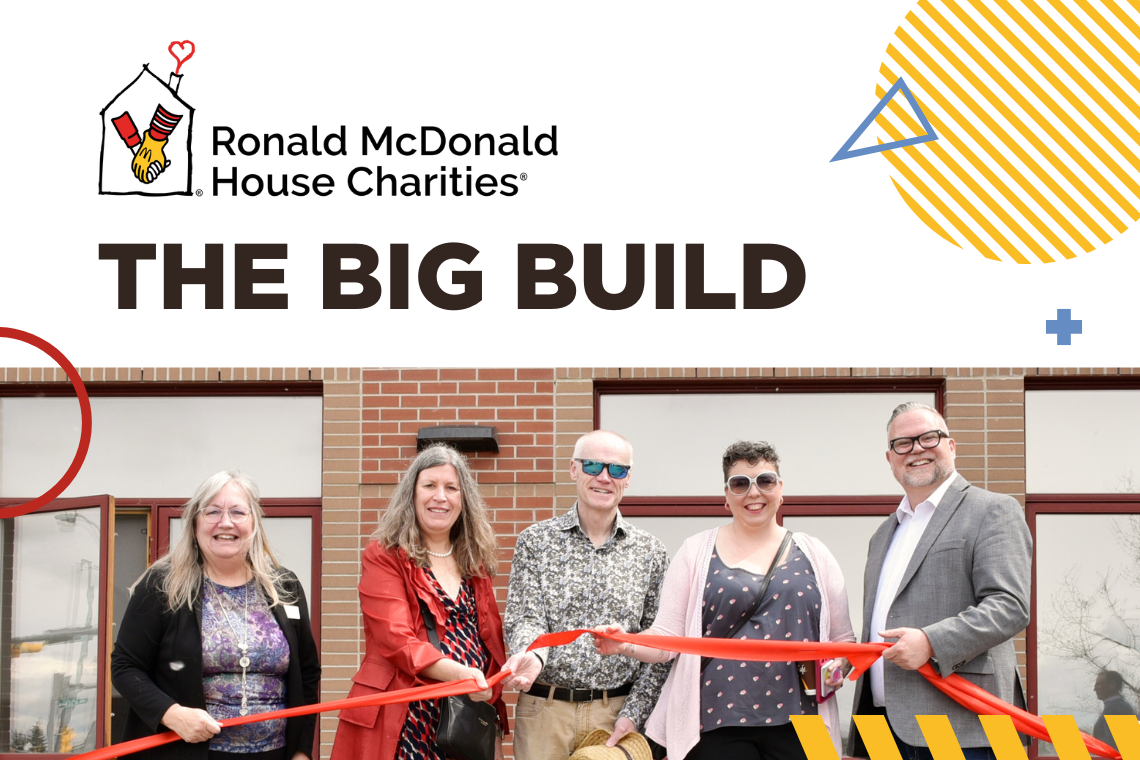
Getty Images
March 28, 2018 | Mario Toneguzzi
Population planning
 City of Calgary report provides estimates for short-term growth in city's suburbs
City of Calgary report provides estimates for short-term growth in city's suburbsWhat's Calgary going to look like in the next five years when it comes to growth and the housing market?
The City of Calgary's Suburban Residential Growth 2017-2021 report sheds some light on where the city is headed in terms of population and housing growth over the short term.
The draft document is an interesting one, and it serves as a starting point of discussion as the City looks to sustainably increase its footprint.
The current forecasts to 2021 estimate that 31,300 more housing units will be built between April 2016 and April 2021, averaging 6,260 total units per year citywide. Calgary's population increase for the same period is estimated to be 78,200 people, for an average of 15,640 people per year, according to the report.
What does this mean for the housing market?
According to the report, over the next five years, it is estimated that new suburban areas will attract:
- 78 per cent of the total citywide population growth (61,050)
- 68 per cent of the total citywide increase in housing units (21,290)
- 85 per cent of all the new single- and semi-detached units in Calgary
- 50 per cent of all the new multi-residential units in Calgary
All this growth will require 1,012 hectares of residential land.
Matthew Sheldrake, co-ordinator of Calgary growth strategies and geodemographics with the City's planning and development department, says the report is still in draft form and appears on the City's website.
"It's actually a document we work on with the building and development industry," he said.
"That's important because the purpose of the report is really an annual monitoring report for growth capacity in our new communities. So you can imagine how much growth we're forecasting and where we forecast that growth will go, and then also what existing capacity do we already have. Those are very important metrics for the development and building industry."
Sheldrake says the City uses the report as a "thermometer" for the level of developable land in new communities. It takes quite a long time to go from agricultural land up to new houses, and Sheldrake says it's important that the City maintains an inventory of developable land so it can meet the housing needs that are being forecasted.
The draft was recently published and the final version of the report will likely come out in May.
"Because it's really a monitoring report and not a policy report or directional report, we don't actually take it to council," said Sheldrake.
"But the document is sort of published and out there and usable by both administration and the developers in the various conversations that we have on the topic."
The City has used this type of report for many decades as a tool to monitor the city's growth capacity.
"Every year, the civic census is done, which provides us with really solid data on what houses have been built. That's the basis for the document, and then we take it to our department to figure out the servicing plans," said Sheldrake.
"So that gives us an idea of what lands are serviced beyond what's already been built. And then we take that to the development industry and we get their take on what their building plans are and what do they foresee happening in the short term, in terms of forecasting our development plans."
Tagged: Calgary Real Estate News | City of Calgary | Growth | Guest Column | Housing Market | Housing Market | Population | Suburbs




